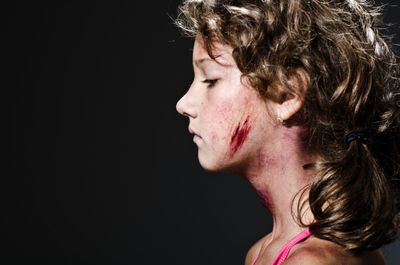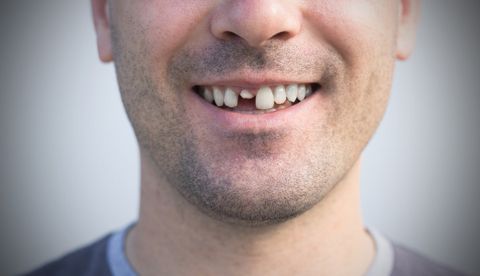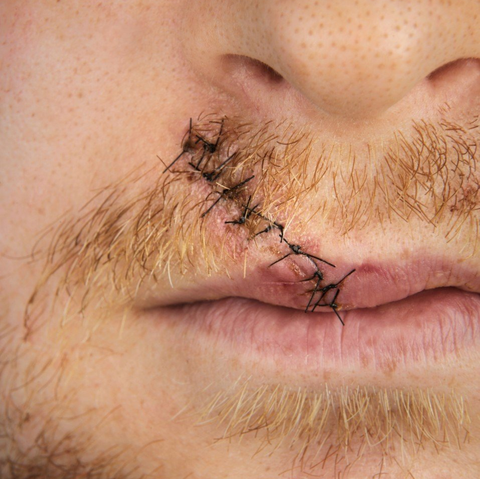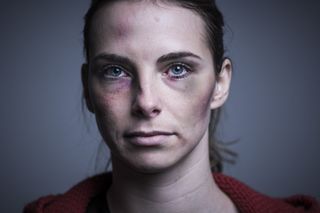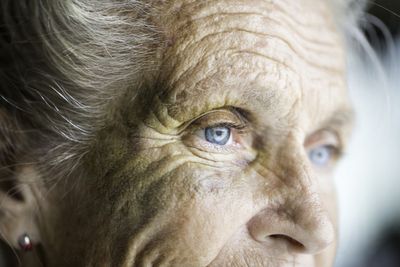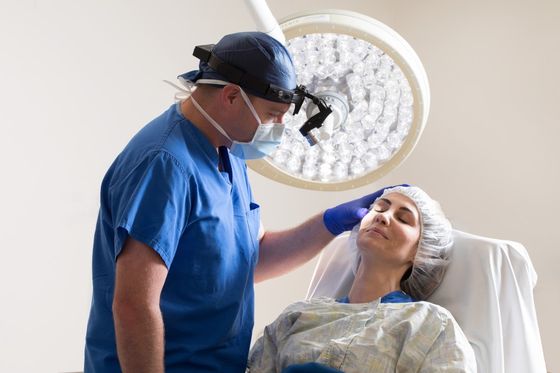Facial Injuries
Facial Injuries
Specialist Oral and Maxillofacial Surgeons (OMS) are the experts in treating and repairing facial lacerations and fractures of the underlying facial skeleton including fractures to the forehead, orbital bones surrounding the eyes, upper and lower jaws.
Traumatic injuries to the face are often associated with a high degree of emotional trauma for the patient with concerns about return of their individual appearance and function. There is a combination of scientific process and art when treating these complex injuries and optimum patient outcomes require the expertise of the only surgical specialty that requires a dental degree and a medical degree. It is critical when repairing complex facial fractures that your surgeon has a thorough understanding of dental occlusion as this is critical for aligning the upper and lower jaws.
Soft tissue injuries can often mask underlying facial fractures and these complex facial injuries require accurate and prompt assessment. Dr John Webster is a locally based Specialist Oral and Maxillofacial Surgeon in Toowoomba and provides management of soft tissue lacerations and facial fractures for private patients via St Vincent’s Emergency Department and public patients via the Toowoomba Hospital Emergency Department.
How are Facial Injuries managed?
Facial injuries can consist of one or any combination of the following:
- Dental trauma (loss or fracture of teeth and supporting bones)
- Lacerations
- Nasal bones
- Orbital fractures (eye sockets)
- Maxilla (top jaw)
- Mandible (bottom jaw)
- Temporomandibular Joint (TMJ)
- Zygomatic (cheek bones)
Dental Trauma
Dental trauma can be as simple as a chipped tooth requiring a new filling with your dentist to complete loss of multiple teeth and underlying bone making implants and denture rehabilitation complex. Prompt assessment at the Emergency Department to exclude fractures and a private Dentist review is the fastest way to salvage or reposition displaced teeth. Should a referral be necessary fro your Dentist, Dr Webster will consult with you and discuss the best treatment options.
Facial Lacerations
Facial lacerations can be as simple as a straight cut without any contamination and complex involving underlying critical structures like the facial nerve (control facial movements), tear ducts, eyes, blood vessels and cartilages of the ear and nose.
If contaminated from a human or animal bite or other debris it is important to have thorough debridement and washout under general anaesthesia to reduce the risk of infection, optimise healing and minimise risk of further scarring.
Facial Bone Fractures
Accurate diagnosis and management of facial fractures often requires an OPG dental x-ray and CT scan of the facial bones.
Contemporary management of complex facial fractures can also involve 3D virtual planning and manufacture of custom reconstruction plates and titanium mesh to provide patient specific solutions to your injuries.
Dr John Webster is trained in 3D planning and via private and public practices can access materials and equipment to optimise surgical repair of your facial fractures.
If facial injuries are managed well at the first occurrence with the latest technology and plating systems the outcomes are very good.
What happens if I have healed from a trauma and it isn’t quite right?
As more and more Specialist Oral and Maxillofacial Surgeon are trained in Australia there is less need for secondary corrections of facial trauma.
If you have facial scarring that is concerning you, or is less than ideal, Dr John Webster is happy to provide a second opinion or treatment options in these scenarios.
Scar revision can be non-surgical or surgical depending on the location of the scar. It is important to consider all options as the technology has improved in this area of treatment planning significantly over the last decade.
If you have fractures that have healed in a poor position without a repair or you have had a surgical repair that is not ideal then a secondary correction can certainly be achieved especially with the assistance of 3D planning and customised patient specific implants.
What can I do to prevent facial injuries?
The most common causes of facial injuries are interpersonal violence, sporting injuries, motor vehicle accidents and simple falls.
Dental injuries can be prevented by wearing a custom mouthguard manufactured with your local Dentist when participating in sporting activities.
Interpersonal violence is more complex to prevent but education and awareness campaigns such as “one punch can kill”, “Australia says No!”, White Ribbon Day and talking openly that domestic violence comes in many forms can assist in changing the Australian culture towards interpersonal violence.
Specialist Oral and Maxillofacial Surgeons have been very active in lobbying the government for reform to alcohol and domestic violence laws.
Motor vehicles and bicycle accidents are quite common still but far less than in previous decades and credit must go to several Specialist Oral and Maxillofacial Surgeons for lobbying for compulsory seat belts in cars and compulsory bicycle helmets. The advances in airbag technology has also greatly reduced the incidence of severe panfacial (forehead to lower jaw) fractures.
Falls risk are high in early age and old age. In the older age group it is important to minimise falls risk in the home. Medications that manage blood pressure should be optimised. A home assessment with an Occupational Therapist is an excellent investment to assist in ways and devices to minimise falls. Your local GP or Physician can assist with arranging referral for this assessment to be completed. In the younger age group, risk assessment and decision making is still in development with the young brains learning every day. It is important for carers of young children to secure furniture and televisions to a wall and to be present to prevent falls from heights.
Young children are very resilient but they cannot communicate injuries well so, it is important that if they fall from height or have an accident that causes dental trauma/facial lacerations that the young child is reviewed at the local Emergency Department to exclude other underlying fractures.
If you are unsure of the treatment provided ask for a Specialist Oral and Maxillofacial Surgeon to review the child under your care.
How do you arrange care of your facial trauma?
If you would like to know how we can help you further, or to book a consultation please phone 07 4580 4733
or alternatively request an appointment now online

